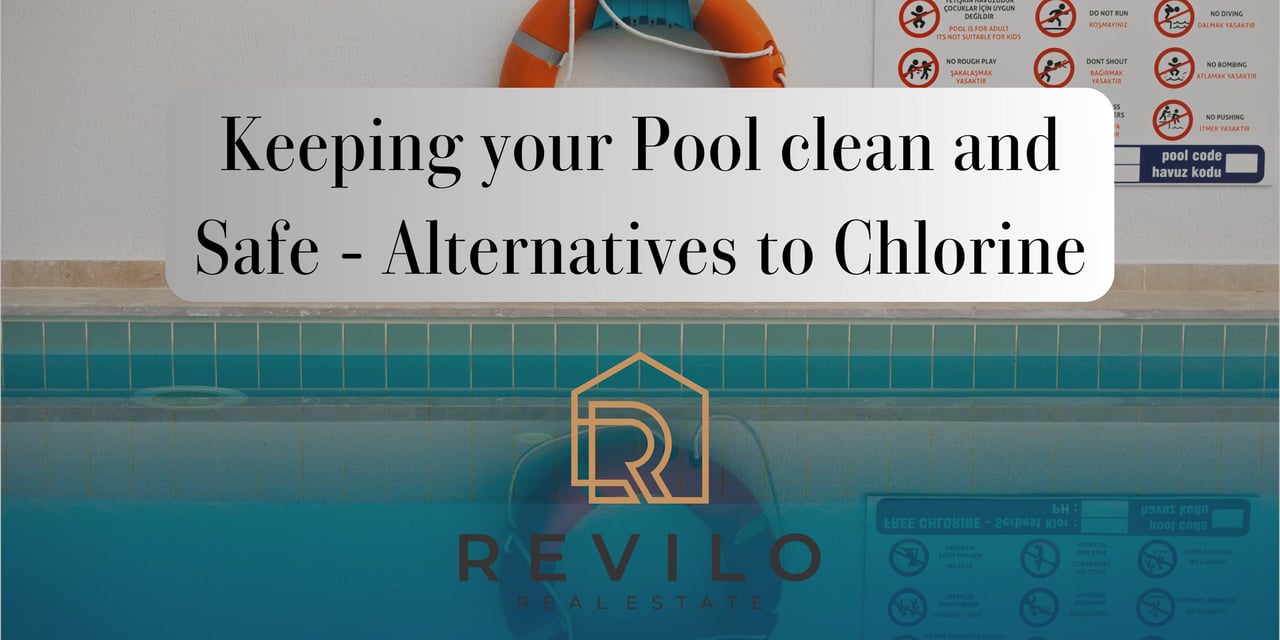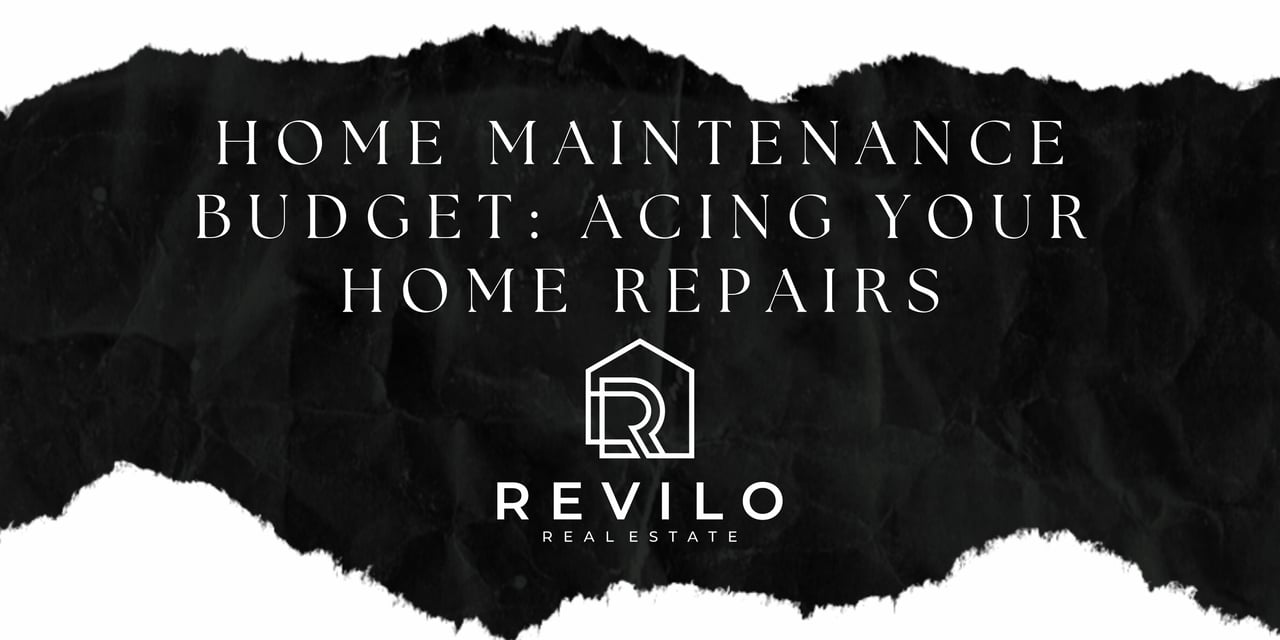Keeping your Pool clean and Safe - Alternatives to Chlorine
homes

homes

Maintaining a clean and safe pool is crucial for health and enjoyment. While chlorine is the most common method, there are several alternatives that can be effective in keeping your pool clean and safe. Here are some alternatives to chlorine:
Each alternative has its own advantages and considerations. Choose the one that best fits your preferences, budget, and maintenance capabilities to ensure your pool remains clean and safe.
For further insights and updates, connect with us here at Revilo Real Estate and follow me on Instagram, Facebook and LinkedIn.




real estate

real estate

homes
Local Houston Realtor

homes

homes

real estate
We pride ourselves in providing personalized solutions that bring our clients closer to their dream properties and enhance their long-term wealth.